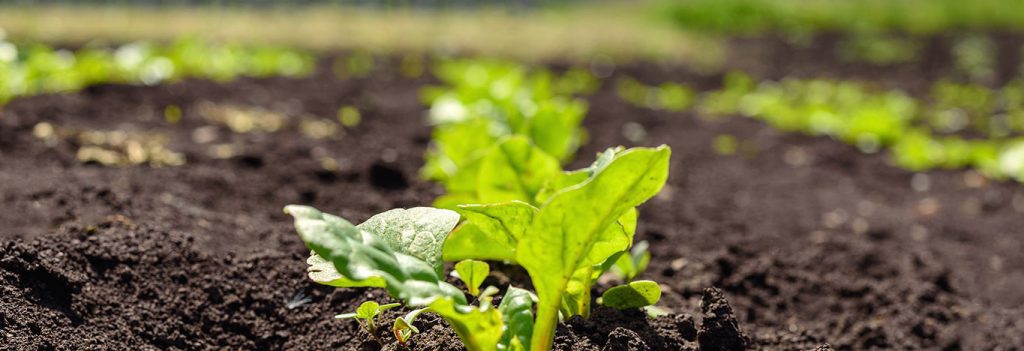Spring is here!
Top five gardening jobs for spring
Spring is finally here and it’s a time of year that inspires everyone to garden.
Even non-gardeners and ‘black thumbs’ are ready to get out and grow.
Here are the top five jobs we all need to do in our gardens this spring
- Weeding
- Working on the soil
- Feeding the garden with organic fertiliser
- Planting
- Mulching
Read below how to prepare your garden in spring…
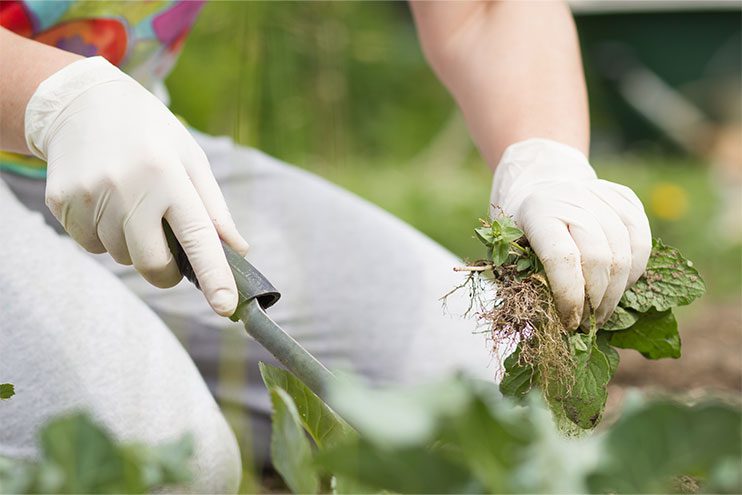
Weeding
- Weeds seem to explode into growth at this time of year, so be sure to remove any that were not brought under control in winter.
- Hand weed wherever possible, remembering to pull weeds out before they set seed (‘one year’s seeding is seven years’ weeding’).
- Once a garden bed is weed-free, use an organic mulch to prevent weeds recurring.
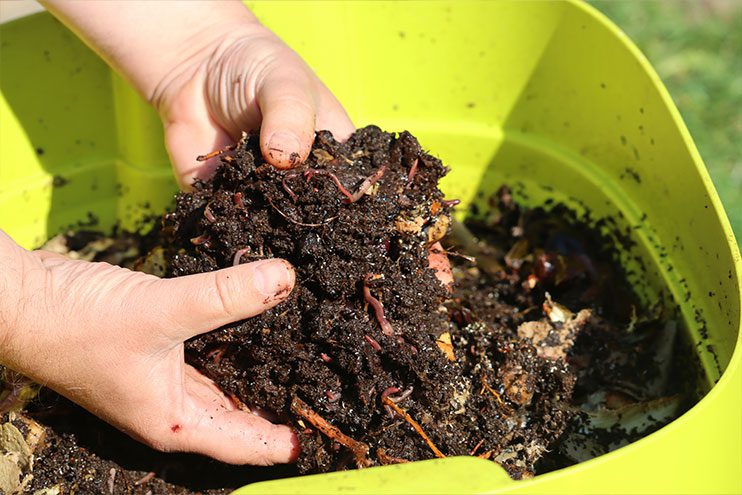
Working on the soil
- A healthy soil will grow healthy plants, which are less likely to suffer from pests and diseases, and have an increased resistance to heat and drought.
- The key is to turn your soil into a sponge with the addition of organic matter such as compost and well-rotted animal manure.
- Not only does organic matter improve the water-holding capacity of your soil, it improves the soil structure and encourages earthworm and soil microbial activity.
- Clay soils benefit from the addition of gypsum; sandy soils from the addition of clay.
- To add clay, dissolve clay in a watering can or bucket of water to form a slurry, then water it over the area.
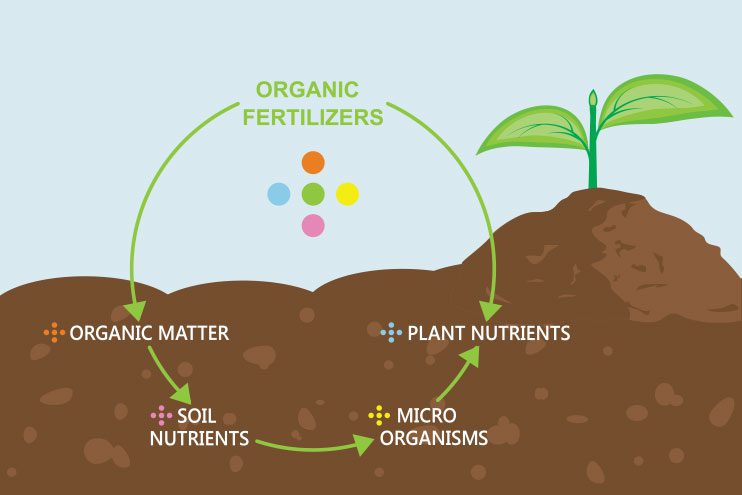
Feeding the whole garden with organic-based fertiliser
- This does not feed the plants, but rather it feeds the soil.
- It improves soil structure, and again encourages earthworm and soil microbial activity.
- The outcome is healthy plants in a healthy garden.

Planting
- Be aware that even climate compatible, drought tolerant plants planted now will need to be watered for at least their first year until they are established.
- Now is also the time for vegetable growers to get busy.
- If you want to enjoy delicious vine-ripened summer tomatoes and fresh salads with home-grown cucumbers and capsicums, spring into action.
- Summer crops like tomatoes, basil, capsicums, cucumbers, pumpkins and zucchini shouldn’t be planted until the ground warms up to around 15 degrees, which is usually late September or October in the Adelaide Plains and early November in the Adelaide Hills.
- Citrus, passionfruit and other subtropical plants can also be planted from then on.
- Use seaweed-based plant tonics with everything that you plant to encourage root growth and help overcome transplant shock.
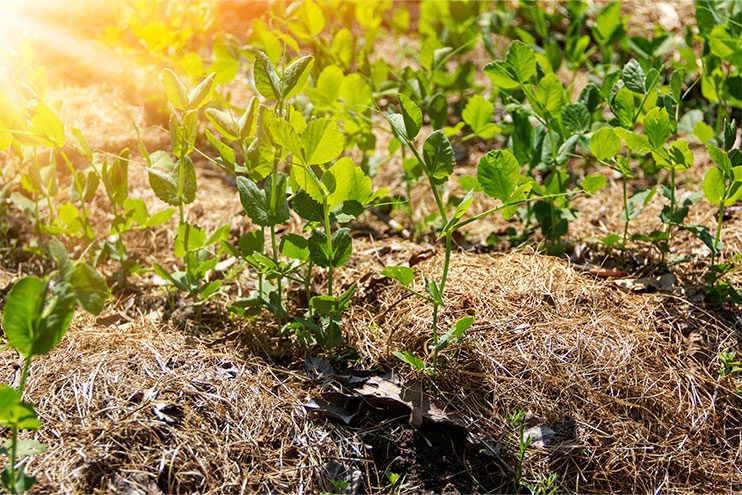
Mulching
- Mulching garden beds generously to conserve water is one of the most important parts of your garden’s summer survival plan.
- Mulch prevents the soil and plants from drying out as rapidly, and reduces your plants’ water requirements significantly.
- Mulching also helps to smother weeds and reduces weed seed germination, stopping weeds competing with your plants for water.
- Always be sure to use a coarse mulch such as peastraw or a bark-based mulch.
Happy gardening!
We hope you enjoyed these five tips for gardening jobs in spring. Read Sophie’s blog for more articles about gardening, including 5 tips to create your own oasis, designing a courtyard garden, 10 vegies to grow in smaller spaces, and more.
